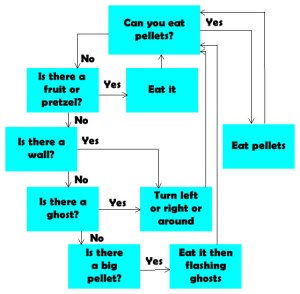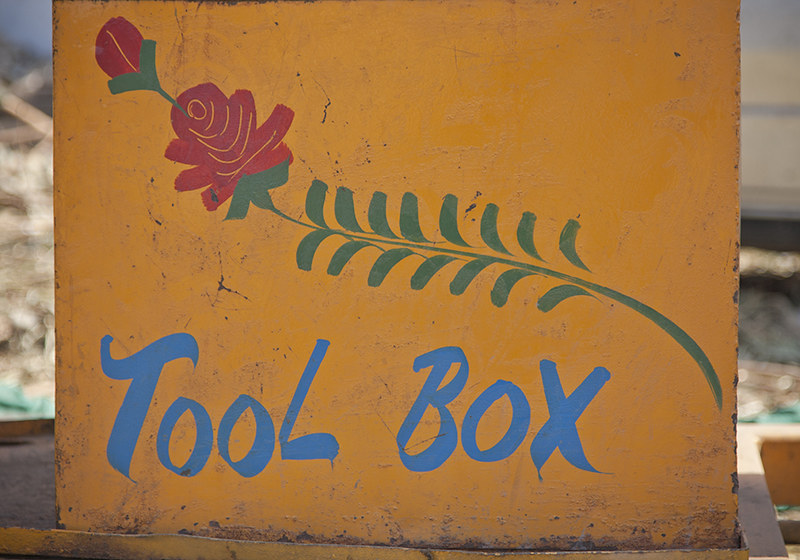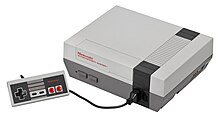
“Binary code” by Christiaan Colen is licensed under CC BY-SA 2.0
When asked the most important thing I should teach my students, the MIT student I was interviewing simply stated , ‘ teach them logic.’ – Mr. Le Duc
SUMMARY
- This week was a week that I learned the most things that I can use extensively.
PRACTICE ROOM (TUTORIALS)
PlayCanvas

- https://www.sololearn.com/Course/JavaScript/
- C#: All of the Basic Concepts.
Unity

CLASSROOM (THEORY & ANALYSIS)

- Topics I want to remember:
- Flow charts can have multipule endings
- Flow charts can be used for a multitude of things
- Each block represents an action that would be made in the programming of what it is being used for.
- Color coded blocks help others understand what the blocks are for/what type of block they are.
- Document blocks represent the saving of a specified data.
- Two ending blocks can be used instead of one start and one end.
LAB (THEORY PRACTICED)
- I learned that when creating a flowchart, you have to thing about every possible choice able to be made in the chart for whatever it is for.
OUTSIDE (CREATIVITY & THE BRAIN)

- When I create something, I should try to keep a stable mental state if it gains popularity.
STUDIO (GAME DESIGN)
I learned some PlayCanvas things.
WHAT I LEARNED and PROBLEMS I SOLVED
- Today I had to complete multiple assignments that I had to come up with ideas on, because of these assignments I am learning to get better at thinking outside of the box by solving problems I may have in my school.
WEEKLY ACTIVITY EVALUATION
- The content in this weeks assignment was great and helped me learn more in the game development process and the way to do this was also helpful.




